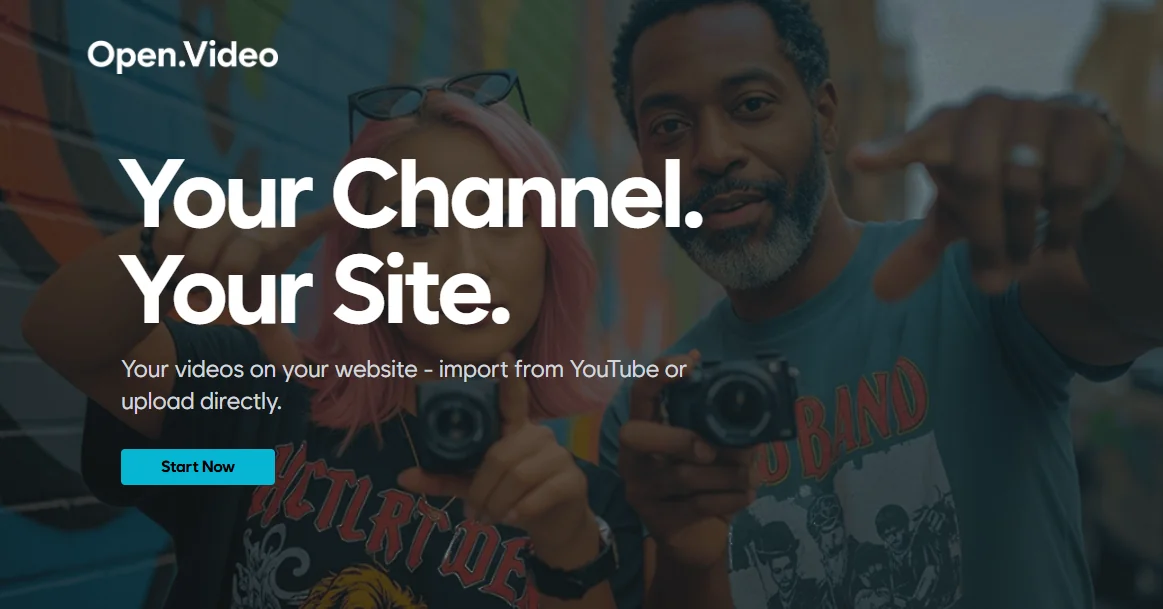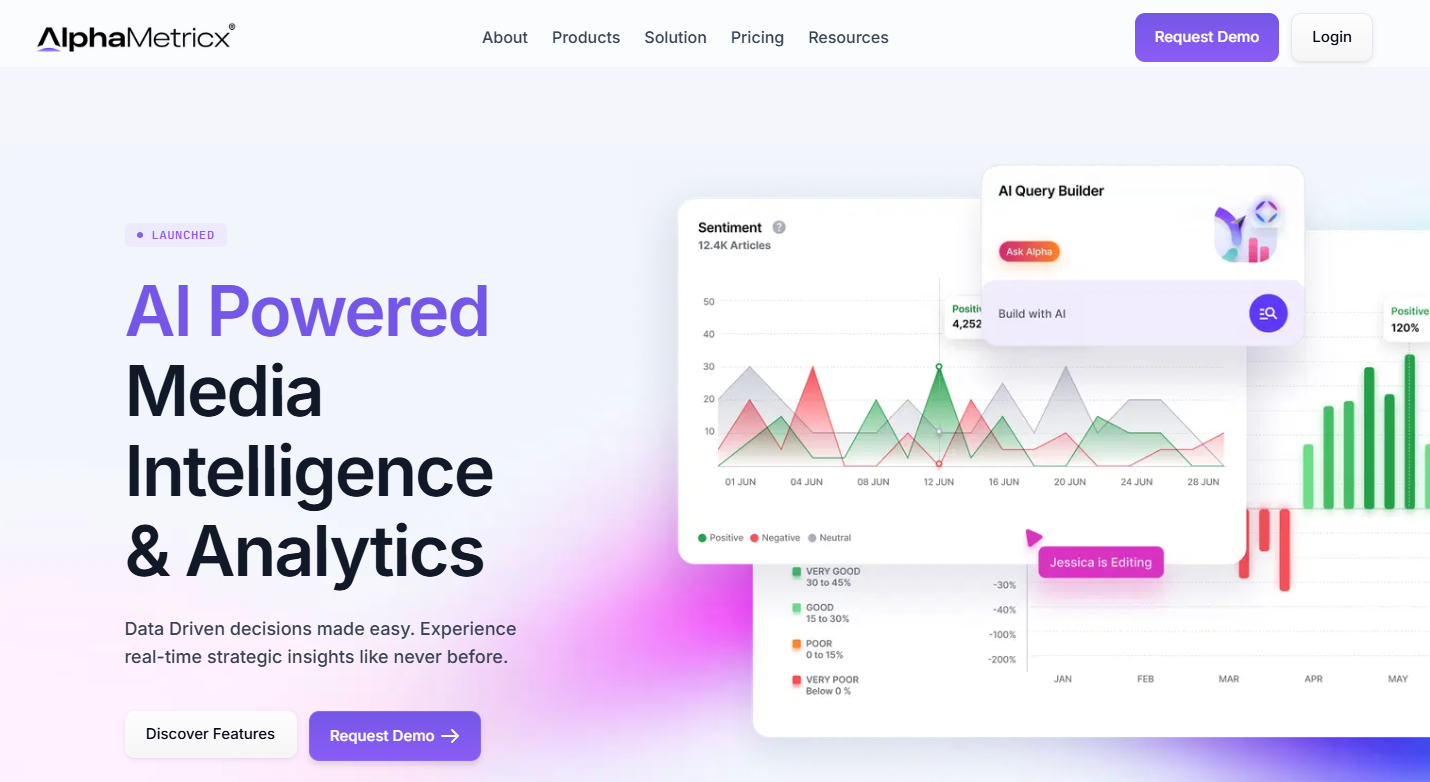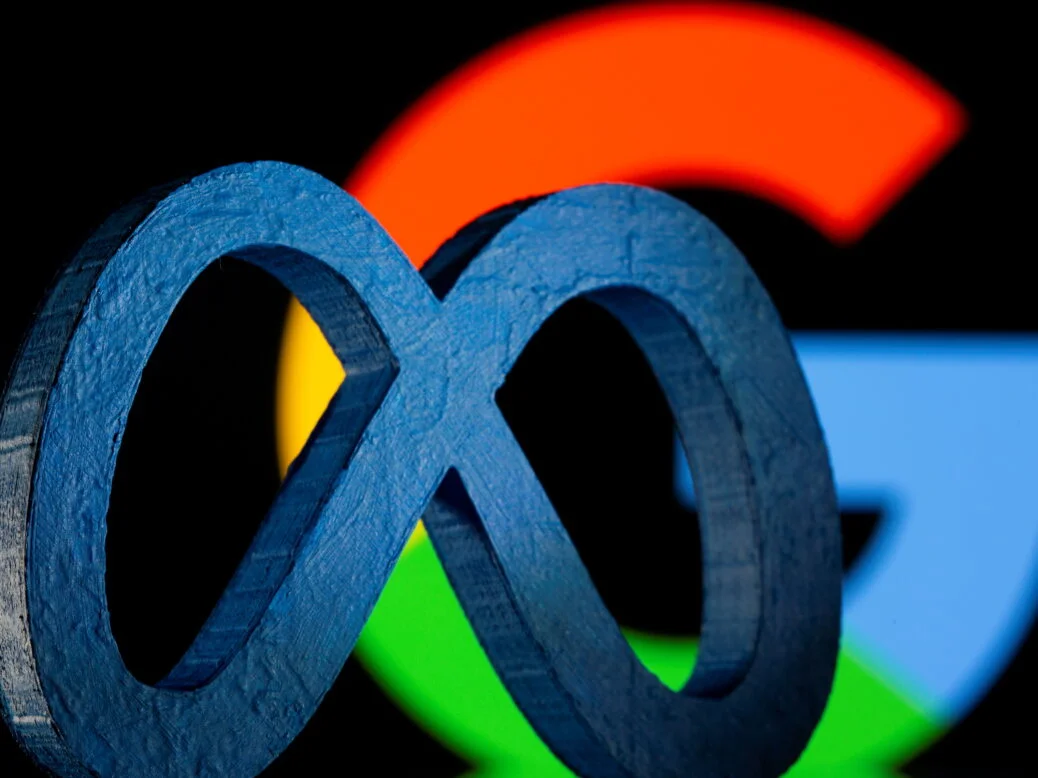The world of mobile marketing has changed significantly since the beginning of 2020. First, it was COVID-19, then the IDFA depreciation that turned marketers’ plans upside down. Today, mobile marketers all across the industries have to work at a high level of uncertainty and test out-of-the-box growth hypotheses.
In the first months of 2021, COVID-19 still has a huge impact on all aspects of our lives. People are overloaded with content and become more selective in matters of online consumption. They are getting tired of the unremitting flow of generic brand communications.
At Pushwoosh, we see that this year news apps are especially concerned about the effectiveness of their communications and marketing ROI. We’ve conducted our own research to define the most burning trends. This should help news apps strengthen their market position, increase current users’ engagement and acquire new audiences. Here are the trends:
1. Personalization
It’s no big secret that personalization can significantly increase notifications’ CTR, engage more audiences, and even boost revenue. Paying real attention to users’ needs and preferences helps you make communications much more valuable and desirable.
With all the tools that are currently available on the market, it’s easy to create a sense of a personal touch in each of your social media and blog posts, emails, push notifications, RSS-feeds, and in-app messages. The question is, how do you apply personalization to bring it closer to your goals?
In Pushwoosh, we see that the usage of these 4 tactics can be of significant benefit for your ROI:
- Dynamic content;
- Geofencing;
- Localization of content and messages;
- Analytics to define the best time to send your messages.
Let’s imagine you want to promote a selection of the best photos of February 2021. You may send a generic message to your users, saying “February in pictures”. However, such a message doesn’t convey any specific information for a user, and the majority of receivers are unlikely to open it.
To increase the message opt-in rate significantly, create several messages for different segments and include users’ names in them to drive more attention.
2. Focus on organic traffic
Without IDFA, mobile advertisers are cut back on ad spend for iOS apps. This won’t change until the industry becomes more certain about how to run and analyze advertising campaigns without IDFA. The possible consequences of IDFA deprivation include:
- decrease in the quality of mobile traffic attribution;
- decrease in the amount of qualified traffic;
- increase in the customer acquisition cost;
- drop in the retargeting efficiency;
With this in view, organic traffic becomes one of the most important sources for qualified lead generation. 70% of our respondents say they have revised their marketing strategies and will invest more resources into ASO, ratings, and reviews. With this, they will need to follow a more human-based approach and not rely as much on algorithms.
3. Closer attention to new user onboarding
Before 2021, onboarding wasn’t a focus for the majority of content-based apps. However, today this topic becomes more and more popular among news apps’ product managers, marketers, and editors.
Rules are rules. If you want to receive drill-down granular reports on the iOS advertising channels’ efficiency, you need to ask your users for permission to track IDFA.
The opt-in widget is designed by Apple, so there are not too many opportunities for marketers to customize it. However, you can use a custom pre-permission prompt, which can help you increase your IDFA opt-in rate. In order to receive better results, make it an organic part of your onboarding flow and support it with a compelling message that will explain the value and motivate them to fulfill your request.
4. Speed matters so much more
Content quality and speed of delivery are two fundamental factors that help news apps win the hearts of their readers and grow their user base. While content writing requires a creative skillset from the team, higher speed can be easily gained with the help of marketing automation tools.
In 2021, the speed of message delivery becomes as important as ever before. With an increasing number of companies that adapt to an online business model, it becomes harder and harder to get through the information noise. It’s not only the news media that rush to deliver their messages to the audience. Other apps compete for users’ attention too, so every second counts.
If you focus on social media distribution, choose a platform that allows you to post your articles on all your social channels at once. If you count on your app’s users, ask your push notification or email provider if they have a simplified version of the interface that allows you to send messages with less effort.
In Pushwoosh, for example, there’s a special Promote News feature that allows content and editorial managers to boost their efficiency and get ahead of competitors.
You can promote your article in one click. Just paste your news URL and send it to your users. The title, message, icon, and image will be automatically generated from your article. By default, the URL you specify opens in a user’s browser once they tap on a push. For mobile users, the URL will open in their mobile browser unless you set a Deep Link taking users directly to the specific page in your app.

5. Cross-channel approach
Cross-channel communications are not know-how in the marketing world. However, far from all marketers can boast of a well-tuned and synchronized orchestration of different communication systems.
Cross-channel marketing communications allow you to reach your customers directly on the right channel with the right message at the right time. With all the difficulties that COVID-19 and IDFA changes have brought us, the need to implement the cross-channel approach has become more urgent than ever. Consumer behavior has changed, and we all have to adapt to it.
Some news apps prefer to send weekly updates to their users by email. The average open rate for emails sent to 50k subscribers rarely exceeds 20%. This means that only a quarter of users will engage with your latest news.
Using push notifications to reach those who don’t read emails, can be a great alternative to simply ignoring those who didn’t open. Pushes can be easily automated and personalized, so you may stay sure your messages are always timely and relevant.
Content from our partners
Each channel has its own limitations. Emails can be marked as spam and get lost in your users’ mailboxes. Push notifications, in turn, can’t be marked as “spam”, and they are much harder to ignore. However, if we’re talking about iOS or web applications, marketers need to ask for permission to send push notifications.
There is another form of app marketing communications: in-app messages. They don’t require any additional efforts from your users, meaning you don’t have to ask for user permission to send them. In-app messages are the most suitable for communication with your app’s active audience.
Within the cross-channel approach, you can mix different channels and test their efficiency on different segments. The initial choice of channels mainly depends on your app’s marketing and strategic goals.
Cross-channel communications work great at every stage of your sales funnel:
- acquisition (social media, Facebook, Google, Apple Search Ads, Stores, etc.);
- engagement (push notifications, in-app messages, emails, SMS, chats);
- retention (push notifications, emails, retargeting).
Summary
For better or for worse, nobody really knows how the industry of mobile marketing will look in a year. The post-COVID and the post-IDFA world have a lot of unpredictable consequences and will affect mobile advertising in the long run.
To grow marketing efficiency in such an unstable environment, news apps’ marketing teams should leverage the following trends happening on the market:
- Shift from user acquisition to user engagement;
- Develop creative strategies for IDFA and push notifications opt-in prompts. Rethink news apps’ onboarding flows;
- Focus on scaling organic traffic sources, ASO, and ASA to counteract the consequences of IDFA depreciation;
- Find solutions to automate routine processes and deliver your messages faster than your competitors;
- Embrace the cross-channel approach to make sure users get the right message at the right time.















